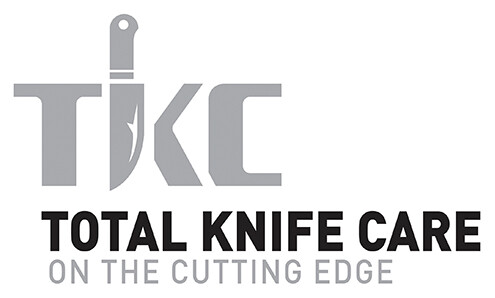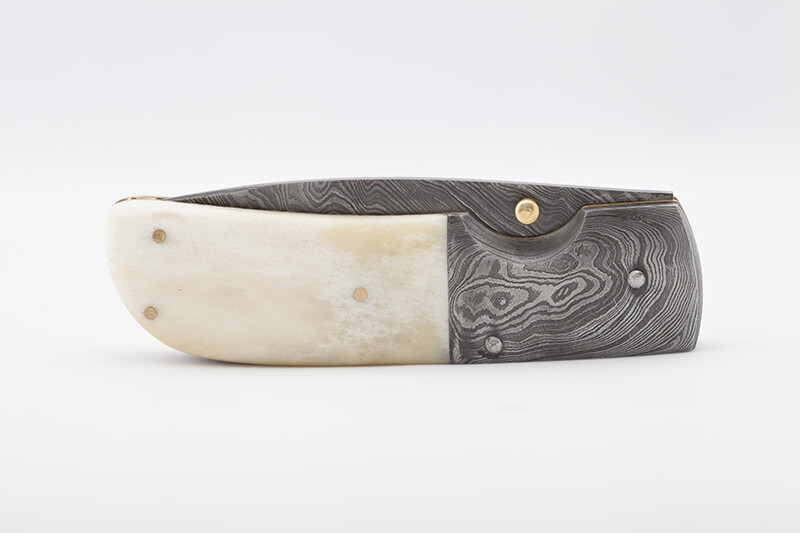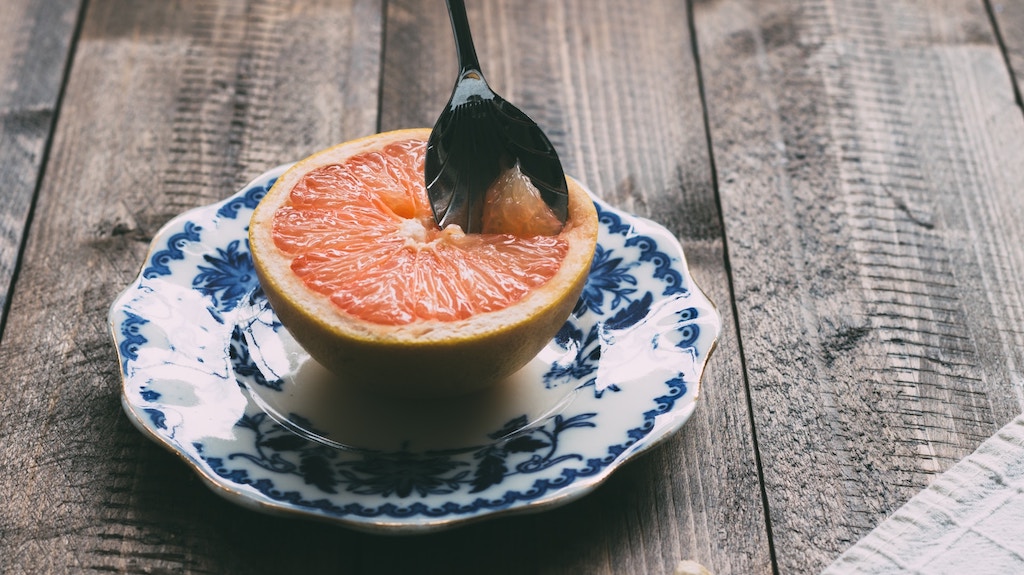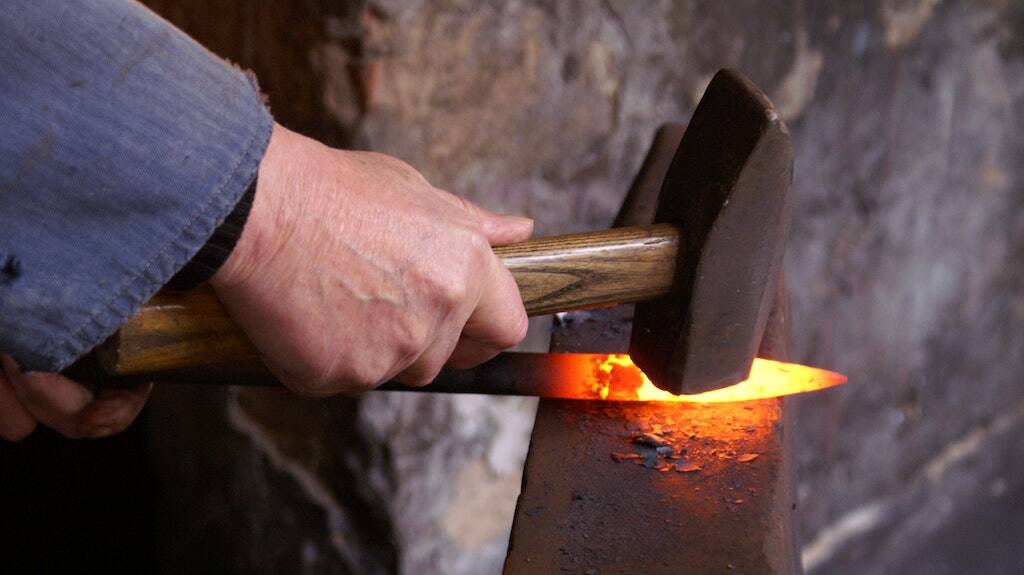When should kids be allowed knives?
This topic cropped up on the annual Easter camping trip as our ten year old nephew tried his hand at lighting a camp fire, and used his relatively newly acquired Swiss Army Knife to whittle a fallen branch.
My eleven year old son doesn’t have one, unless you count the Swiss Army ‘credit card’ gifted to him after airport security spotted it in dad’s wallet with its dangerous 3cm long letter opener and credit card sized scissors.
All of which begs the question ‘when is it safe to allow children to use knives?’
We now live in the age of ‘helicopter parenting’ (named after parents who hover around their children to make sure they are safe) and playgrounds with soft landings, and so the very idea of letting your kids roam around with penknives or indeed any form of knife is seen by many as something between rebellious and reckless.
The opposing view is that knives are an essential tool and it’s better for children to learn how to use them properly rather than risk injuring themselves or others because they don’t know how to handle them.
Leaving aside teaching young children to use knives and forks, we’re talking here about knives used in the kitchen and knives in the great outdoors.
Knives in the kitchen
If you want your child to carve out a career in the world of celebrity chefdom, you’d better start them young – Junior Masterchef had contestants as young as 8 wielding knives in the kitchen. Here are a few pointers for young kids to make sure they get the food on the plate without hurting themselves…
1. Make sure they wear shoes when they’re preparing food – and thongs and sandals don’t count. This is just in case a knife falls off the bench and falls point down – it can cause some damage
2. When carrying the knife, make sure they hold it point towards the floor
3. A child needs to be at a comfortable height to use a chopping board – the cutting surface needs to be at around waist height
4. Put a damp cloth underneath the cutting board to stop it from slipping
5. Choose a larger cutting board so there is plenty of space
6. An adult should supervise and choose the best knife for the job
7. When a child is starting out, choose soft fruits and vegetables to cut
8. Get them to cut a slice off the fruit or vegetable to create a flat surface so it can be cut up without moving around
9. Fruit and vegetable skins can be tough to cut through, so sometimes it’s easier to peel the skin off first before cutting up
10. Make sure they keep their fingers holding the item out of the way of the blade when cutting, ideally in a ‘claw’ type grip
11. Finally, for reasons explained in this article make sure your knives are sharp to avoid injury!
Knives in the great outdoors
A number of studies show that children are not venturing far from their houses compared to previous generations (the average eight year old today goes no further than 100 metres from their house unaccompanied by an adult), and that this is having the effect of stopping them from learning to make their own decisions and assess risks on their own. So it’s official – allowing them out and about with maybe even (shock, horror) their own small penknife is a good thing!
Whether it’s the Swiss Army variety, or a more traditional outdoors/back-to-nature style knife like our Bolt Action range, all the same safety rules outlined above apply.
The consensus on the great world wide web seems to be that it’s OK to let a youngster have one of these types of knives from the age of about eight, depending on the parent’s view of their ability to behave sensibly with it, and with the right guidance.
What do you think of this issue? Do you think this is the right advice or do you have different or additional advice? Let us know!






